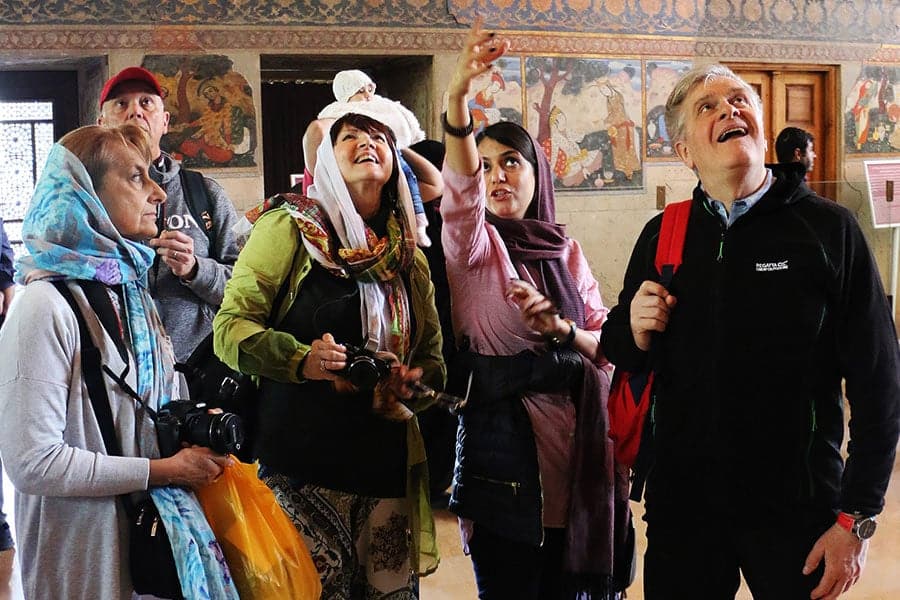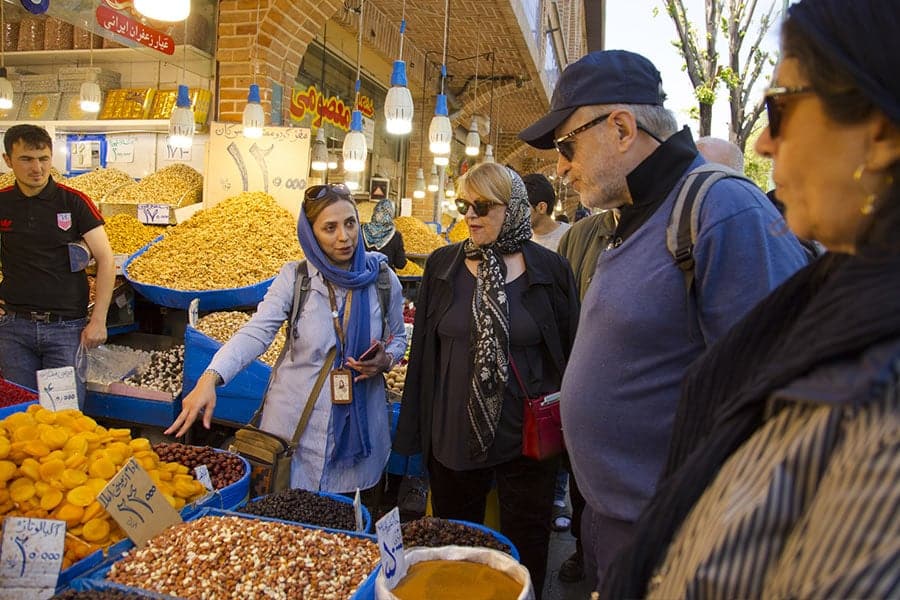Gonbad-e Qabus Tower
A Mesmerizing Architectural Masterpiece Standing the Test of Time

Gonbad-e Qabus Tower, a UNESCO World Heritage Site since 2012, stands as a testament to the architectural brilliance and historical depth of Gonbad-e Qabus, Iran. Constructed in 1006/7, during the lifetime of the Ziyarid ruler Qabus (r. 978–1012), this cylindrical tomb tower soars to approximately 61 meters (200 feet), dominating the landscape for miles around. The city itself is named after this striking monument, symbolizing its significance in both cultural and historical contexts.
Contents
Masterpiece of Balance and Beauty
Oleg Grabar celebrated Gonbad-e Qabus Tower as achieving an “almost perfect balance” between its intended purpose (to commemorate princely glory beyond death), its form (a cylindrical tower evolving into a star shape), and its singular material (brick). Recognized as the most distinguished tower tomb in northern Iran, it has been featured in numerous publications for its architectural excellence and iconic status.
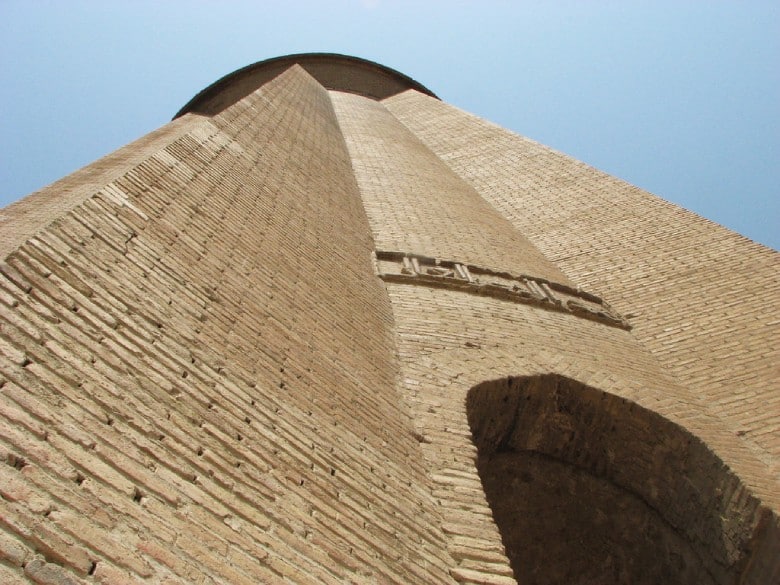
Architectural Marvel
Commissioned by Qabus, a prince of the Ziyarid dynasty, the tower’s construction date is meticulously recorded in both Iranian solar and Islamic lunar calendars. Sheila S. Blair highlighted the monument’s entrance as one of the earliest instances of moqarnas (stalactite vaulting) development in Iran. Unlike other tomb towers along the Caspian Sea, Gonbad-e Qabus is unique for its extraordinary height and the quality of its construction, evident in its survival against time, climate challenges, and historical conflicts.
Symbolism and Secular Architecture
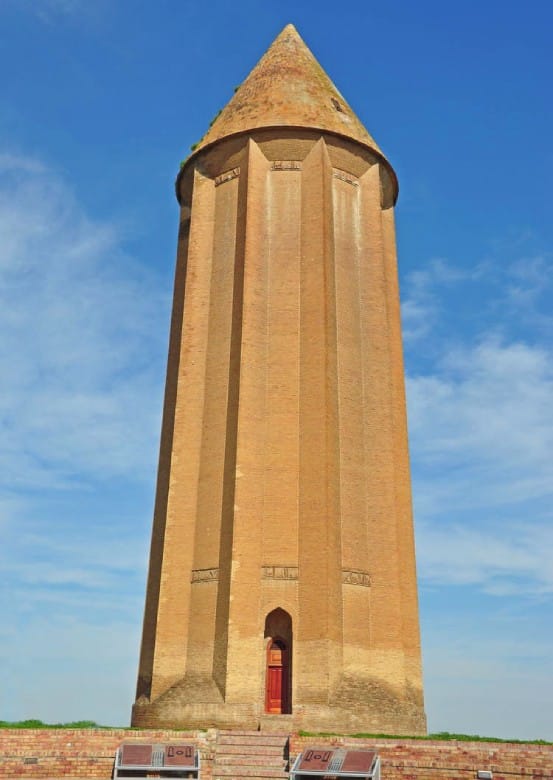
The tower is emblematic of a broader tradition of secular architecture designed for conspicuous consumption. Its connection to Zoroastrian funerary structures is suggested by the use of the Persian solar calendar in its inscriptions and the occasional use of Middle Persian (Pahlavi) language. This link underscores the syncretic approach to religion and cultural identity during the period, blending Islamic and pre-Islamic traditions in a region still transitioning from Zoroastrianism to Islam.
A Mausoleum Without a Tomb
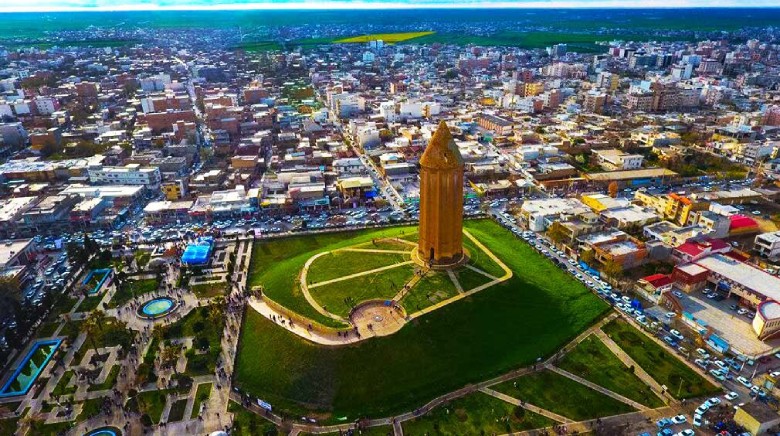
Although intended as Qabus’s mausoleum, the tower does not house his body, akin to other tomb towers in northern Iran. Legend suggests Qabus was buried in a glass coffin suspended from the ceiling. This absence of a burial site aligns with the syncretic use of such towers, where bodies were placed on impermeable platforms, elevated from the ground, reflecting a blend of Zoroastrian and Islamic burial practices without adhering strictly to either.
BOOK ONLINE
Iran Hotels Online
Conclusion
Gonbad-e Qabus Tower is not just a monument but a beacon of Iran’s rich architectural legacy and historical narrative. It represents the ingenious blend of form, function, and material that characterizes Persian architecture. As a UNESCO World Heritage Site, it continues to draw attention to the depth and diversity of Iran’s cultural heritage, making it a must-visit landmark for enthusiasts of history and architecture alike.
Read More
